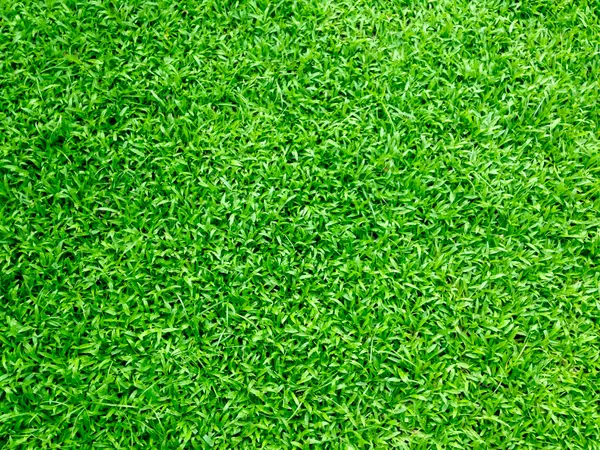Fall Lawn Care Tips for Gwinnett County, GA: How to Maintain Healthy Lawns

As summer fades, the cooler temperatures of fall provide the perfect opportunity to give your lawn the care it needs to thrive. Whether you're maintaining a lush fescue lawn or keeping your warm-season Bermuda grass vibrant, proper fall lawn care in Gwinnett County, GA, can set you up for a healthy, green yard come spring. Here’s a comprehensive guide to ensure your lawn stays in top shape during the autumn months.
Understanding Your Lawn: Types of Grasses in Gwinnett County
Before diving into lawn care, it’s important to identify your type of grass. In Gwinnett County, you’ll typically find a mix of warm-season grasses like Bermuda, Zoysia, and Centipede, as well as cool-season grasses like Fescue. Each type of grass requires specific care during fall to prepare for the next growing season.
Warm-Season Grasses
- Bermuda Grass: Popular for its durability and heat tolerance.
- Zoysia Grass: Known for its dense growth and ability to thrive in partial shade.
- Centipede Grass: A low-maintenance option that does well in acidic soils.
Cool-Season Grasses
- Fescue Grass: A cool-season grass that remains green during fall and winter, making it a favorite for year-round green lawns.
Fall Lawn Care Guide for Gwinnett County
1. Aeration: Essential for Both Warm and Cool-Season Grasses
Aeration involves perforating the soil to allow air, water, and nutrients to penetrate grass roots. This is especially important in the compacted clay soils often found in Gwinnett County. Fall is the perfect time to aerate your lawn, as it helps reduce thatch buildup and improves root development before winter dormancy for warm-season grasses and during peak growth for cool-season grasses.
- Bermuda, Zoysia, and Centipede: Aerate early in the fall, around late August to mid-September, before these grasses enter dormancy.
- Fescue: Aerate in early fall to give the grass roots room to grow and strengthen before winter.
2. Fertilization: Tailored Nutrition for Your Lawn
Fall is a crucial time for fertilizing lawns in Gwinnett County, as it helps strengthen the grass for the colder months ahead.
- Warm-Season Grasses: Apply a balanced fertilizer in early fall to encourage root growth before dormancy. Avoid fertilizing after mid-October, as warm-season grasses, like Bermuda and Zoysia, are entering their rest phase.
- Cool-Season Grasses: Fescue lawns benefit from a high-nitrogen fertilizer in the fall. This encourages blade growth and keeps the lawn green throughout the cooler months. Apply fertilizer in early fall and again in late November for the best results.
3. Overseeding Fescue for a Year-Round Green Lawn
If you have a Fescue lawn, overseeding in the fall is a key step. Overseeding helps thicken the lawn, fill in bare spots, and improve overall appearance. The cooler temperatures in Gwinnett County during fall provide the ideal conditions for Fescue seed germination. Water your lawn frequently after overseeding to promote healthy growth.
4. Mowing: Adjusting Heights for the Season
Proper mowing in the fall helps ensure that your grass is ready for the cooler months.
- Warm-Season Grasses: Gradually reduce the mowing height as the season progresses. By mid-fall, you can leave the grass slightly taller to provide insulation during the colder months.
- Cool-Season Grasses: Keep Fescue at a mowing height of about 2.5 to 3 inches. Don’t cut the grass too short, as this can stress the lawn and leave it vulnerable to cold damage.
5. Watering: Maintain Moisture, But Don’t Overdo It
Fall typically brings more rainfall to Gwinnett County, but you should still monitor your lawn’s moisture levels. Overwatering can lead to fungal diseases, while too little water can stress the grass.
- Warm-Season Grasses: Gradually reduce watering as the grass begins to enter dormancy. Aim for about 1 inch of water per week until the grass turns brown.
- Cool-Season Grasses: Fescue will still need regular watering throughout the fall. Ensure it gets about 1 inch of water per week, especially after aeration and overseeding.
6. Weed Control: Stop Weeds Before They Start
Weeds are opportunistic and can take advantage of weak or thinning grass. Apply a pre-emergent herbicide in early fall to prevent winter weeds like Poa Annua and chickweed from germinating.
- Warm-Season Grasses: Focus on applying pre-emergent herbicides in early fall to prevent winter weed growth.
- Cool-Season Grasses: Use a post-emergent herbicide if needed, but avoid applying during overseeding, as it can harm new grass.
7. Leaf Cleanup: Keep Your Lawn Free of Debris
Gwinnett County’s trees shed plenty of leaves during fall. While they may add to the autumn aesthetic, too many leaves on your lawn can block sunlight and trap moisture, leading to disease.
- Regularly rake or use a leaf blower to keep your lawn free of debris. This ensures that grass, especially cool-season varieties like Fescue, gets the sunlight it needs.
Final Thoughts on Fall Lawn Care in Gwinnett County
By focusing on aeration, fertilization, overseeding, and proper mowing, you can ensure your lawn is set up for success. Whether you have a warm-season grass that’s winding down for the winter or a cool-season Fescue lawn that will stay green through the colder months, fall is the ideal time to give your yard the attention it needs. With the right care, your lawn will emerge healthier and more beautiful in the spring.
Categories
Recent Posts










"My job is to find and attract mastery-based agents to the office, protect the culture, and make sure everyone is happy! "
